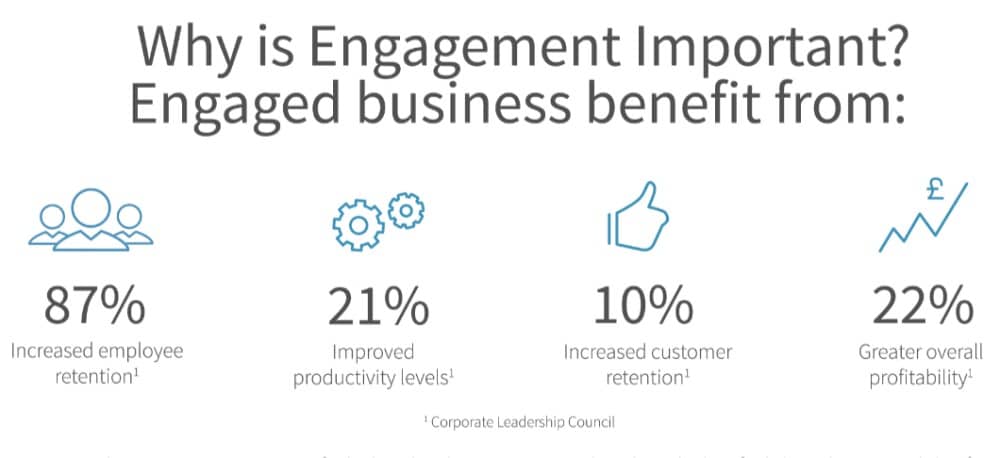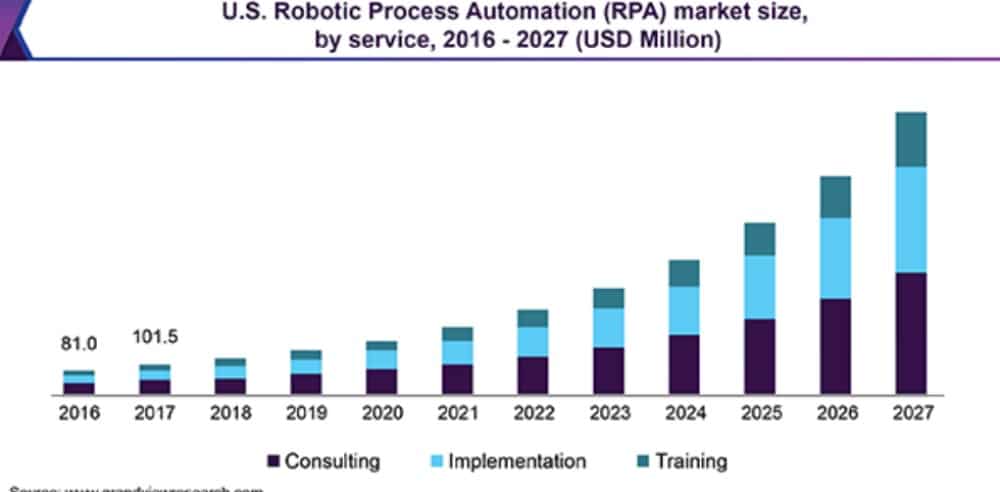The contact centre industry is often misunderstood. It can even occasionally get taken for granted or maligned. When many people think of contact centres, they imagine the cold calls that interrupt their dinner. There’s so much more to the businesses – and particularly the people – in the niche than that.
Hopefully, our series has opened your eyes to the nuances of the contact centre industry. By taking a microscope to the field and speaking to experts, we’ve tried to give you an insight that most people lack. That is unless they work as an agent or other member of the all-important contact centre staff.
To refresh your memory – or if you didn’t stick with the entire series – let’s recap some of the main takeaways. In essence, you can put the fascinating details we’ve learnt into three categories:
- People
- Processes
- Technology
A People Business
It wasn’t long into our chats with industry pros that we learnt how they all felt about contact centre agents. Everybody we spoke to made the point that the contact centre niche is a people business. Without agents operating the phones or answering emails, centres don’t have a service to offer to clients.
As well as being essential to the success of their employers, agents’ jobs are also demanding. Contact centres expect high levels of service efficiency and quality. Those demands lead to two notable hallmarks of the niche. What those are, are high staff turnover and a laser-like focus on training.
It’s tough for contact centres to retain their workers. Employees come and go in the niche with more regularity than in most others. One vital challenge for managers, then, is to keep hold of their most talented team members. There is a range of ways that those in charge of businesses in the niche try to do so.

Source: Rencai Group
Training and team building are two interconnected methods. Agents who feel they’re best equipped to do their job well are more likely to stick around. In the same vein, employees who are engaged with their firm and the team around them don’t look elsewhere as often. That’s alongside generally being more productive.
Many contact centres also seek to support a better work-life balance for their staff. Having a job that fits around their personal life is far more important to the modern workforce. Centres are increasingly looking to home and remote working to aid this. The evidence for this is in the rapid uptake of cloud solutions within the industry.
Allowing agents to log on and work from anywhere is a win-win. The agents get the flexibility they crave. Centres boost staff retention and have more control over their workforce management (WFM). That assists them in responding to changing customer demands. Speaking of which, a shift in consumer focus is a factor that shines through when you look at contact centre processes.
Complex, Interconnected Processes
As well as the primacy of people, our series unearthed other fascinating insights. We discovered, for example, the complex processes that combine as part of running a centre. The principle concern of centres is to deliver a superior customer experience (CX). To do so, they must balance a diverse array of tasks.
One of the fundamental requirements is to have enough human resources to meet customer demand. It’s that element of centre operations that relies on forecasting and WFM. Managers must assess trends, make predictions, and best place the firm to respond to them.
On the frontline, too, modern agents now have a plethora of responsibilities. They must handle and manage a growing list of channels, systems, and platforms. That’s alongside the more traditional jobs of answering or making phone calls. All this must get done with the ultimate CX remaining at the forefront of their minds. It’s for that reason that contact centres are starting to look to tech to help support their workers.
Ever-Evolving Tech
Digital transformation is taking hold in many fields. The contact centre niche is very much an early adopter when it comes to new solutions of varying types. Alongside cloud hosting, the industry is also looking definitively toward AI and automation. Use cases for those areas of tech development often get found in the contact centre field.

Source: Grand View Research
Robotic Process Automation (RPA), for instance, is tailor-made for contact centres. More firms are finding the benefit of automating repetitive processes. That is, in short, that it unlocks the potential of their workers. Other AI – in the form of chatbots and the like – is getting similarly employed.
It’s not only AI, either. Contact centres are also investing in tech solutions to improve in many other ways. Interfaces and platforms to aid omnichannel support are prime examples. To deliver consistent CX across channels, centres need a unified and integrated system. The difficulty of such integration remains a principal hurdle to true omnichannel support.
That’s a mere whistle-stop tour of all the things we’ve learnt in compiling this series. We hope you’ve enjoyed our investigation into contact centres and found it useful. We’d also like to thank the industry experts who gave their time to help us put it together.
Originally published Apr 15, 2020, updated Jan 16, 2023
